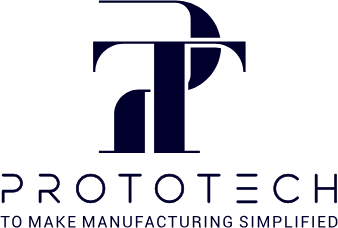Understanding the ins and outs of the heat sink design process is crucial for ensuring optimal performance in high-tech devices. Heat sinks play a pivotal role in dissipating heat generated by electronic components, preventing potential device damage. This overview will explore manufacturing methods involved in creating effective heat sinks.
Importance of Heat Sinks:
Efficient heat dissipation is essential to prevent overheating, ensuring peak device performance, and prolonging the lifespan of electronic components. Without proper heat sinks, electronic devices and machinery are prone to performance issues, reduced lifespan, and increased maintenance costs.
Manufacturing Approaches for Heat Sinks:
Heat sink designs can be translated into physical forms using various manufacturing techniques, each tailored to specific requirements. These methods include CNC machining, wire-cut EDM, stamping, extrusion, and casting, with the choice depending on factors such as accuracy, material type, design complexity, and more.
CNC Machining:
CNC machining stands out as the optimal method for crafting heat sinks with intricate designs. This approach provides designers with unparalleled flexibility. It involves cutting required fins from an entire metal block using CNC machines and bending them from the base of the block. While offering design precision, it may be relatively expensive and time-consuming.
Advantages of CNC Machining:
CNC machining presents several advantages in heat sink manufacturing, including:
- Precision: CNC machines ensure high precision in creating complex heat sink designs.
- Flexibility: Designers have greater flexibility in creating intricate and customized heat sink structures.
- Material Utilization: CNC machining allows efficient use of the entire metal block, minimizing waste.
- Accuracy: The digital control of CNC machines ensures accurate replication of heat sink designs.
Wire-Cut EDM
Wire-cut EDM involves creating a 2D drawing of the heat sink design, followed by cutting the workpiece into the desired shape and size using a wire cut machine based on digital instructions.
Aluminum Extrusion
Extrusion involves pressing malleable material into a die to form plate fins. Aluminum, a commonly used material, is suitable for various cooling applications.
Surface Finishing for Heat Sinks:
Surface quality significantly impacts heat sink performance. Smooth surfaces without flaws or roughness are crucial for efficient heat transfer. Common surface finishing practices include anodizing, electro/electroless plating, powder coating, and polishing, chosen based on material type, operating conditions, and heat sink complexity.
Conclusion:
Proper heat sink machining is essential for maintaining safe operating temperatures, increasing component lifespan, and ensuring optimal performance. ProtoTech Machining offers manufacturing services for heat sink designs, utilizing CNC machining. Our experienced engineers and advanced setup ensure the best manufacturing services, complemented by design consultations. Contact us with your heat sink design for a quote and initiate your project.








